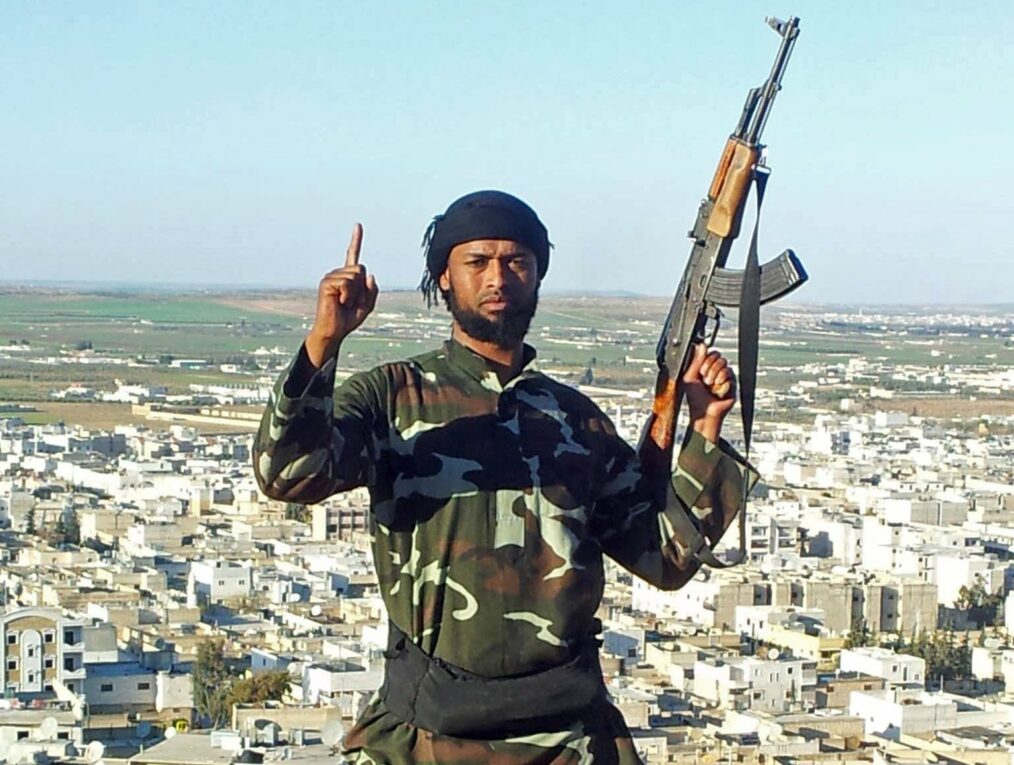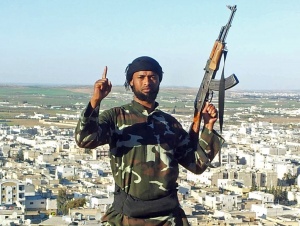On October 30, 2018, a journalist and two policemen were killed in an ambush in Eastern Indian state of Chattisgarh. This attack is particularly notable given that it was carried out by the Naxalites, a group who has been responsible for a series of deadly attacks carried out against the Indian government, including one in 2010 which killed 76 police officers.
Unlike many other insurgent groups that are fighting in the 21st century, the Naxalites see themselves as fighting a Maoist struggle for liberation. To understand why a communist insurgent group still exists in India, it is important to understand the story of the Naxalites. The Naxalites emerged in the 1960s, when an aristocrat turned revolutionary named Charu Majumdar lead a branch of the Indian Communist Party. Unlike the rest of the Communist party, which generally supported the Marxist Leninism of the Soviet Union, Majumdar looked toward Mao with an emphasis on organizing the peasantry into a fighting force capable of withstanding oppression. This was best exemplified with one of their major slogans: “China’s Chairman is our Chairman.”
These efforts of rural organization culminated in the Naxalbari uprising of 1967, when groups of sharecroppers rebelled against landholders over harassment in the famed tea growing area of Darjeeling. Majumdar was soon arrested and later died in prison. With his death, the hope of a unified movement was lost as well. With the death of Mao in 1971, the rebels also lost a strong pillar of moral, (and possibly material) support as the People’s Republic of China began the gradual process of economic liberalization. These factors lead to a splintering of the movement, with over 140 groups claiming to be the rightful representatives of Maoist thought in India in the 1980s.
Beginning in the 1980s, however, violent Maoism began seeing a resurgence in Eastern India, especially in the provinces of Chhattisgarh and Jharkhand. This is largely due to the importance of growth of mining in these areas. This has been driven by a booming demand for coal and iron ore to fuel factories in both India and China. Many of the inhabitants of these areas have failed to see the profits of the industry, and work in dangerous conditions for little pay.
This sense of alienation is furthered by the fact that many of the inhabitants of these areas are Adivasi, a general term for members of indigenous groups in India. The assortment of tribes who inhabited these areas long lived as subsistence farmers and were left relatively disconnected from the rest of India. The mining boom deprived them of their previous livelihoods and thereby forces them to work in the mines for low pay. This makes them especially vulnerable to the pull of organizations such as the Naxalites.








